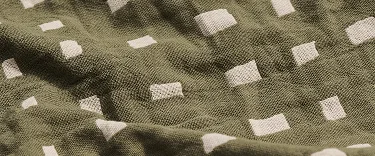

The Thread
Find the latest news, plus helpful information and advice from the experts.
The coziest time of year starts with a comfortable and cute pair of cotton pajamas, and that's exactly why we've teamed up with Victoria's Secret. We're bringing you a cu...
We’ve teamed up with Lisa Says Gah to create a limited-edition capsule featuring a collection of cheeky holiday announcement tees, made with 100% cotton to keep you com...
2025 Cotton Holiday Gift Guide: For Her
A curated selection of thoughtful gifts made from 100% natural cotton…
Cotton clothes can sometimes shrink, but if you take care, quality cotton will stay like new for a lot longer.
How to Unwrinkle Clothes Without An Iron
No one likes to spend time ironing, which is why we compiled some of our best alternatives. Most cotton clothes don’t need ironing, but if they do, try these tips and t...